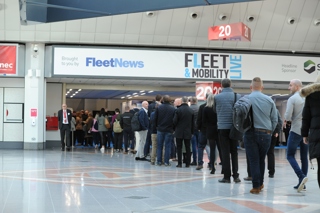Case file: Environment Agency
“Set-up costs are significant given the size of our fleet,” Dale Eynon, head of fleet operations at the Environment Agency
The problem
With 1,600 commercial vehicles the Environment Agency would face a hefty upfront cost were it to fit telematics.
Due to the way the Environment Agency is financed it would be looking for a full Return on Investment (ROI) by the end of the financial year.
“The upfront investment is difficult to square off in terms of when the ROI might be,” Dale Eynon explains.
“Telematics suppliers need to come up with a different business model. I would prefer to pay less initially, make the savings and then pay back the difference based on the savings.”
Eynon points out that ROI will vary depending on a fleet’s mileage and accident rates. It would also be a “big project” to roll telematics out to the entire commercial vehicle fleet.
The responses
CMS SupaTrak says: We are aware that budgets are tight which is why we have developed a Fuel Save Share Scheme.
Users don’t pay upfront, but instead pay an agreed percentage monthly of the money they have saved on fuel as a result of our system.
Rolling out telematics to a large fleet doesn’t have to be a drain on resources. We manage the entire installation process and a dedicated project manager ensure the technology is optimised and working well for the business.
Motrak says: The provider should be able to forecast return on investment.
The buying power with a 1,600 vehicle fleet would be significant, and return on investment can be shown using fuel savings alone. Independent reports suggest mpg improvements of about 15%, so the savings could be considerable – especially with reduced insurance and increased utilisation taken into account.”
Road Angel says: Suppliers need to have a scalable installation program to cater for larger fleets. Our installer partners fit on-site, and often out-of-hours, to minimise disruption.
TomTom Business Solutions says: A technology roll out can be staggered across a fleet over a period of several months, with ROI being earned across a proportion of the fleet before the system is installed in the rest of its vehicles.
What’s more, independent research has proven that ROI can be achieved in as little as three months.




















Login to comment
Comments
No comments have been made yet.